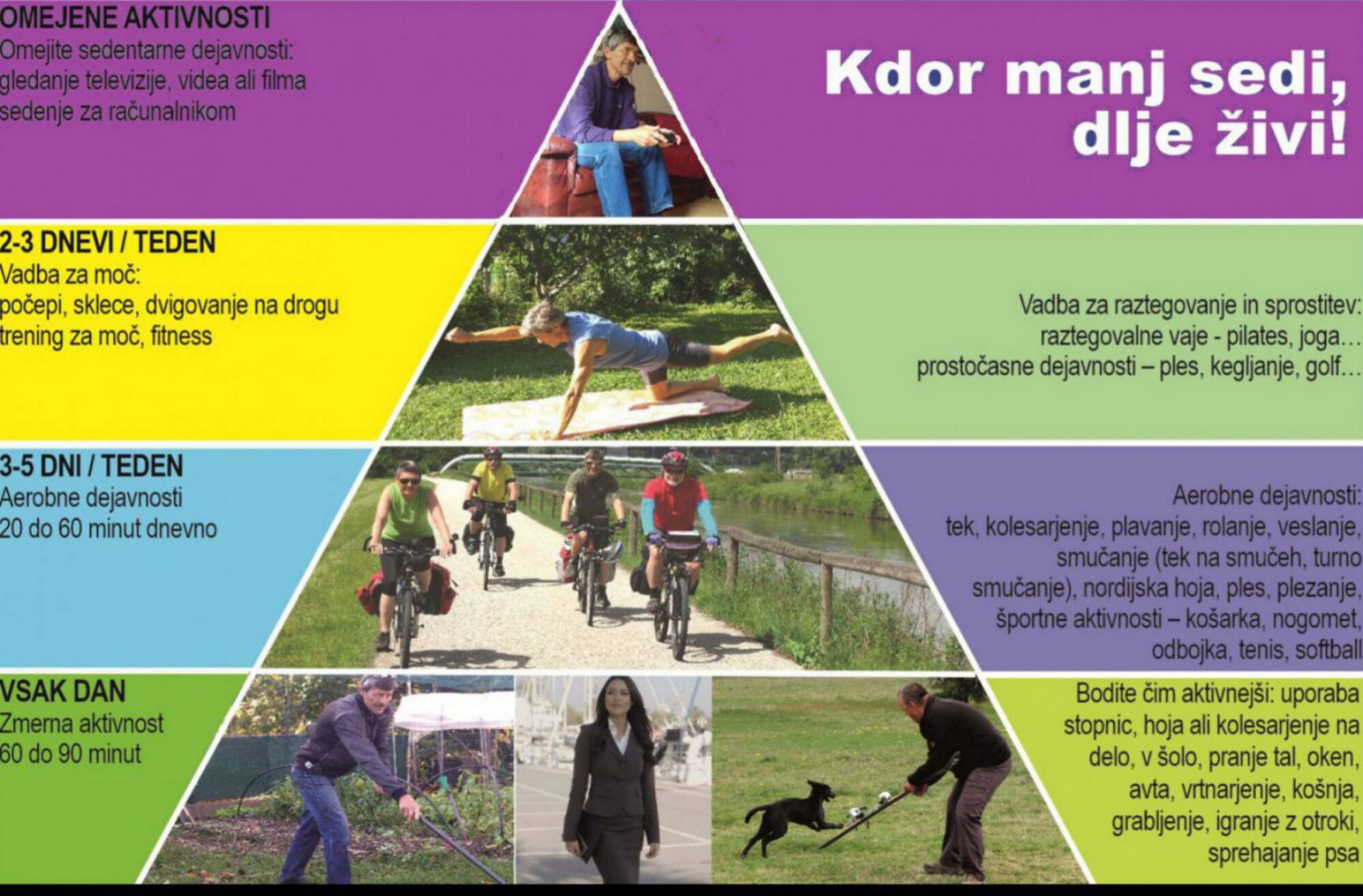Final Course Assessment
How body adjust to endurance exercises
This is a one example how body adjust to endurance exercises. A single training is a physiological stress, on which the body responds with immediate adjustment.
Ann is a 27 year old sedentary female who has decided to begin aerobic training program for her health and fitness. Prior to begininhg her training program her Vo2 max was 38ml/kg/min. After 6 month of regular running ,swimming and cycling VO2max inreased to 52ml/kg/min.
The basic adaptation to exercise with regular endurance training is to increase the one’s V˙O2 max. The reason for the increase is related to improving supply in oxygen delivery (cardiovascular adaptations) and improving the use of muscle mitochondrial oxygen. Endurance or aerobic activities like cross-country skiers, cyclists and distance runners have the highest rated values for V˙O2 max.
Of all the high energy compounds in the body, only ATP (Adenosine Triphosphate) can be used directly to supply the energy needed for the mechanical work of exercise (muscle contraction). This high energy phosphate releases a large amount of energy to the cell, initiating corresponding muscle contraction. Three main ATP producing pathways are related to metabolism of fat, carbohydrate and protein. The complete oxidation of these macronutrients will lead to the production of ATP through utilization of oxygen in the mitochondria of muscle cells. This is why our rate of oxygen consumption increases during exercise to sustain the increase requirement for ATP production. The major aerobic sources for ATP production during exercise come from the oxidation of carbohydrates and fats. The two major sites for carbohydrate storage in the body are muscle and liver. Carbohydrates are stored in the form of glycogen. There is only a limited amount of carbohydrate stored and will deplete during prolonged distance exercise and almost unlimited amount of fat stored.
A direct relationship exists between the amount of oxygen consumed and the amount of heat produced. By measuring the rate of oxygen consumption (indirect calorimetry), we can get a very good estimate of an individual’s metabolic rate. The rate of oxygen consumption is indicated by V̇O2 mililiters of oxygen consumed for a minute.
The oxygen consumption associated with your maximal heart rate is our estimated VO2max. There are a variety of exercise and non-exercise tests that are used to estimate VO2max.
Exercise tests involve equations that predict oxygen consumption at a given hart rate. A common estimate of maximal aerobic capacity involves the measurement of exercise heart rate responses at two separate submaximal workloads. This is a result of a positive, linear relationship between heart rate and power output over a wide range of exercise intensities. V˙O2 increases linearly with increasing workload until V˙O2 max is achieved.
Formula for Determination of VO2max based on Resting Heart Rate:
VO2max = 15.3 x (MaxHR/RestHR)
HR – heart rate (beats/minute)
Formula for Determination of VO2 is based on the Fick equation, which relates to in VO2max or VO2:
The increase in VO2max with endurance training is due to both a ~50% increase in maximal cardiac output and a ~50% increase in maximal (a-v)O2 difference
Maximal cardiac output = Heart Rate max x Stroke Volume max
Training has no effect on maximal heart rate thus the entire increase in maximal cardiac output with endurance training is a result of an increase in maximal stroke volume. Mechanisms for the increase in maximal stroke volume include an increase in cardiac contractility (strength of contraction) and greater ventricular filling (increase in end diastolic volume).
Maximal stroke volume = increase in contractility and end diastolic volume with training
The increase in maximal (a-v)O2 difference is due to three factors: an increase in red blood cell numbers (oxygen carrying capacity), an increase in muscle capillary density and local blood flow (oxygen delivery) and an increase in mitochondrial number (oxygen utilization).
Maximal (a-v)O2 difference = increase in RBCs, capillaries, mitochondria with training.
Together, these training adaptations are responsible for the increase in VO2max associated with endurance training.
Mechanisms responsible for an increase in maximal stroke volume is cardiac contractility and greater ventricular filling.
Our body must make the adjustments in response to the physical stress incurred during a single bout of exercise. This adjustments address a number of the underlying principles, that are involved in the many training adaptations associated with participation in a regular exercise program. The first principle relates to the concept of homeostasis. Homeostasis can be defined as the tendency of the body to maintain a stable internal environment for cells by narrowly regulating critical variables such as pH or acid base balance, oxygen tension, blood glucose concentration, body temperature, etc. The brain, the lungs and the respirator system, heart and blood vessels, the cardio vascular system, muscles, kidney, liver etc., are most respond. Showing here are the major components of the cardio vascular system. In order to ensure that the proper amounts of oxygen and nutrients are being delivered to the working muscles. The heart must pump more forcefully and the blood vessels to the muscles must dilate to increase local blood flow. The nervous and endocrine systems are the major regulators involved, responsible for the increase in both heart rate (increasing cardiac output) and the pumping capacity of the heart. These cardiovascular adjustments ensure that the muscles are receiving adequate blood flow to support.
The overload principle, defined here, provides the underlying validation for all training adaptations associated with both endurance and strength training. If you habitually overload a system, it will respond and adapt. However, if you exercise three to five times a week for several months, the body will make long-term or chronic adaptations to the repeated stress of regular exercise. This is the example of the overload principle shown in case of Ann. In response to weeks and months of endurance training, a classic chronic adaptation is an increase in mitochondrial number and oxidative capacity in skeletal muscle.
Reference

